CSCP training
Coventry Safeguarding Children Partnership (CSCP) deliver, develop and facilitate a programme of safeguarding and thematic training and development opportunities. Our training is available to anyone working in Coventry within the safeguarding arena. The training programme has been developed utilising support and co-facilitation from partner agencies and specialist organisations. The CSCP regularly review our training offer and identify any gaps and implement methods to ensure key messages are shared.
Please take a look at our training programme to see our available courses and booking information.
Please download a copy of our training brochure.
CSCP training resources
Please take time to view the below learning resources:
CSCP Training
Address: Broadgate HouseBroadgate
Coventry
CV1 1FS

